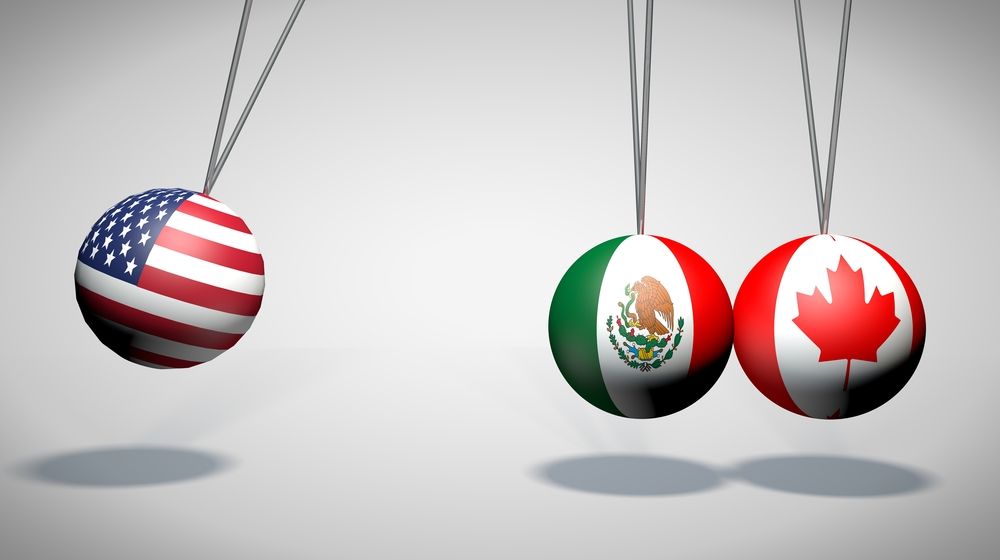The Ansley consultancy highlighted 10 commitments of the USMCA (Treaty between Mexico, United States and Canada), which replaces as of this Wednesday the North American Free Trade Agreement (NAFTA).
The USMCA potentially represents a source of stability for several sectors of importance to the Mexican economy.
According to Ansley, it is an instrument to reinforce the rule of law in Mexico, regarding trade relations at the regional level, given that it includes commitments in areas of importance for national development such as agriculture, access to markets in goods and services, investment protection, including sectors such as energy, health, government purchases, digital environment, environmental protection and labor rights, among others.
USMCA commitments
Likewise, the T-MEC preserves the conditions of preferential access and investment in the North American market, generating certainty for economic operators in the three countries.
«In the face of the turmoil of international instability, the USMCA offers Mexico a new opportunity to position itself as an attractive investment destination,» Ansley said in a report.
However, he said, the T-MEC will not solve by itself any problem facing Mexico. «Its implementation should be accompanied by public policies that generate certainty in a long-term perspective, to enhance the positive effects of the platform represented by the Treaty,» he said.
Decalogue of commitments of the USMCA
- New rules of origin: a strengthened automotive rule that contemplates a VCR of 75% and a labor content value of 40%, and new specific rules that encourage regional supply in the industries of chemicals, glass, fiber optics, titanium products, products steel and TVs and electrical manufactures.
- Adds Sector Annexes to promote and facilitate trade in specific sectors: pharmaceuticals, medical devices, cosmetic products, ICTs, chemical substances and energy efficiency standards, among others.
- Add new chapters to facilitate customs clearance and reduce unnecessary regulations that affect trade: Customs administration and trade facilitation, Good regulatory practices, and Competitiveness.
- New labor and environmental disciplines: strict provisions for their implementation, effective application of dispute settlement mechanisms.
- Another of the USMCA’s commitments is that it includes a Digital Commerce chapter that guarantees the free flow of «data», the raw material of the 21st century.
- It reflects more recent levels of openness in areas such as energy, telecommunications and the financial sector.
- It commits the Parties to refrain from a devaluation that gives an unfair competitive advantage.
- It incorporates new chapters that strengthen the social dimension of trade, promoting the participation of more SMEs and cooperation in the fight against corruption.
- It discourages the negotiation of an FTA with a Non-Market Economy.
- As another of the USMCA commitments, a review clause is established every six years.


